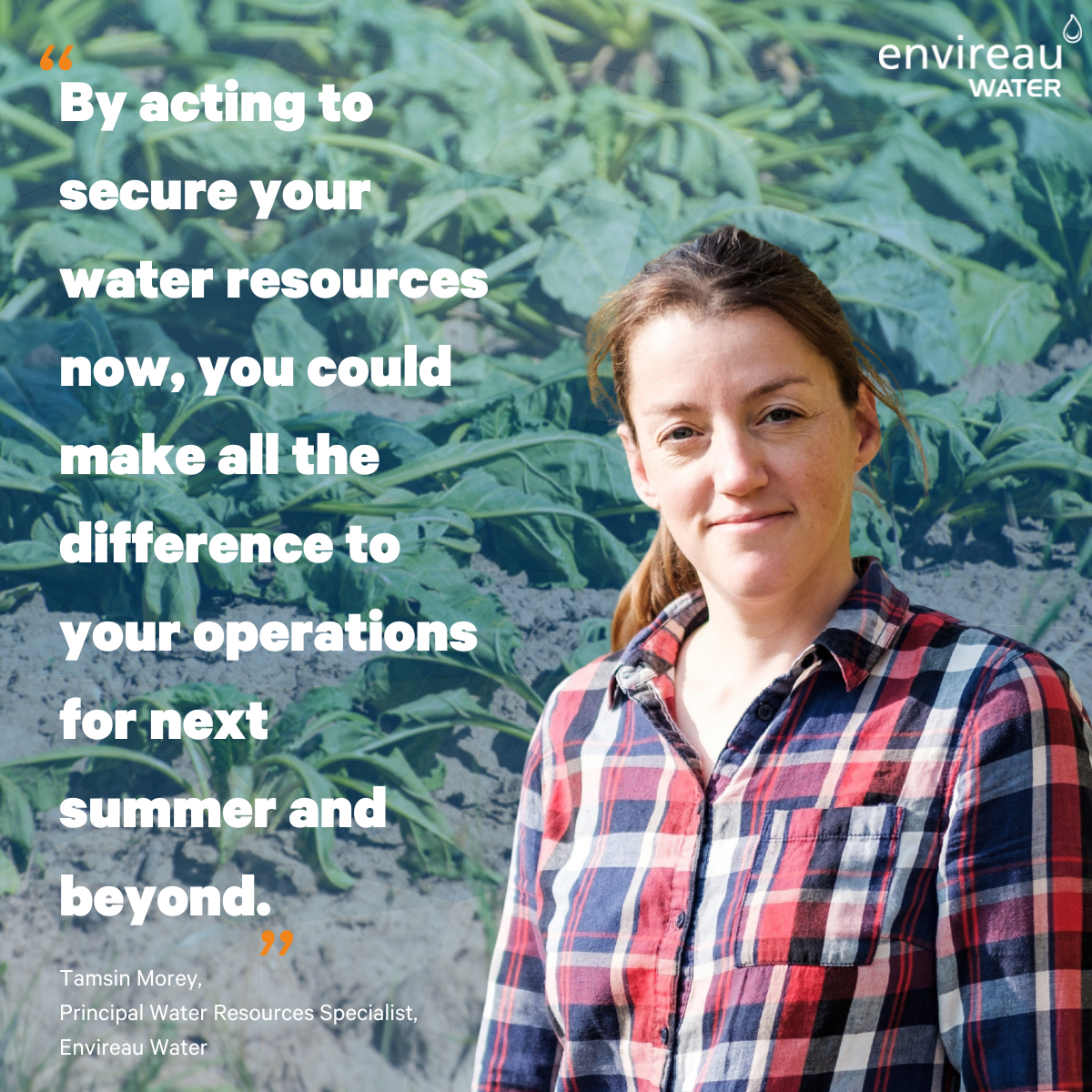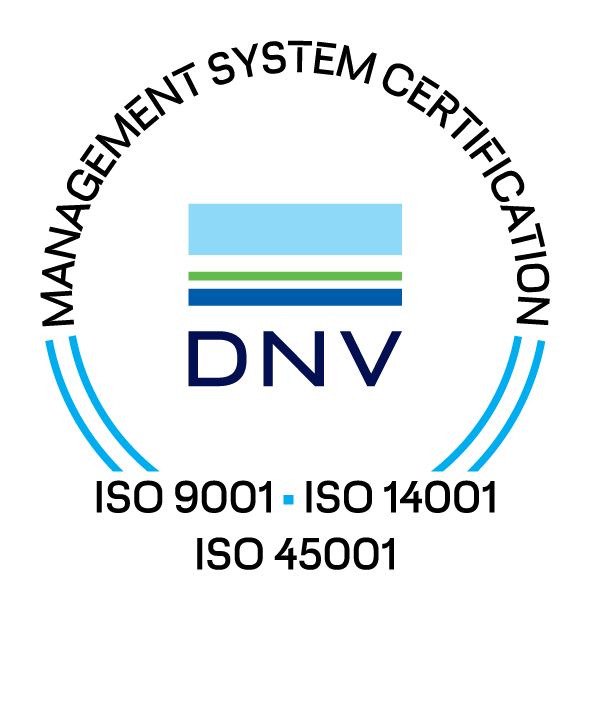Exploring Abbey Pumping Station in Leicester

Our Hydrologists’ Michael Underwood and Rebecca Haw enjoyed a guided tour of Abbey Pumping Station last month with the East Midlands branch of CIWEM. The historic station is part of Leicester’s Museum of Science and Technology. Abbey Pumping Station, an unusually grand and ornate building, was constructed in 1891 by Leicester Corporation on the north side of Leicester, alongside the River Soar. From 1891 to its final operation in 1964, the station was used to pump Leicester’s sewage which arrived at the site by two large sewers, to the nearby treatment works at Beaumont Leys, some 2km away.
On display at Abbey Pumping Station are four large working steam-powered beam engines, which have been restored back to full working condition by volunteers. The group got a first hand look at the engines and were given an interesting talk on how the engines work and their history. Following a tour of the pumping station building, we headed outside to the narrow-gauge railway and vehicle shed which houses a variety of restored historic vehicles from buses to fire engines. The fish and chips van was a particular favourite of the group!
Envireau Water is a leading technical consultancy providing expert guidance on the management and regulation of natural water systems. We offer a unique combination of technical expertise and experience, underpinned by robust science and the skills deeply embedded in our team covering hydrogeology, surface water hydrology, and wastewater treatment. This enables us to deliver real and pragmatic solutions to our clients.
Get in touch with our team on 01332 871882 or email us info@envireauwater.co.uk.










